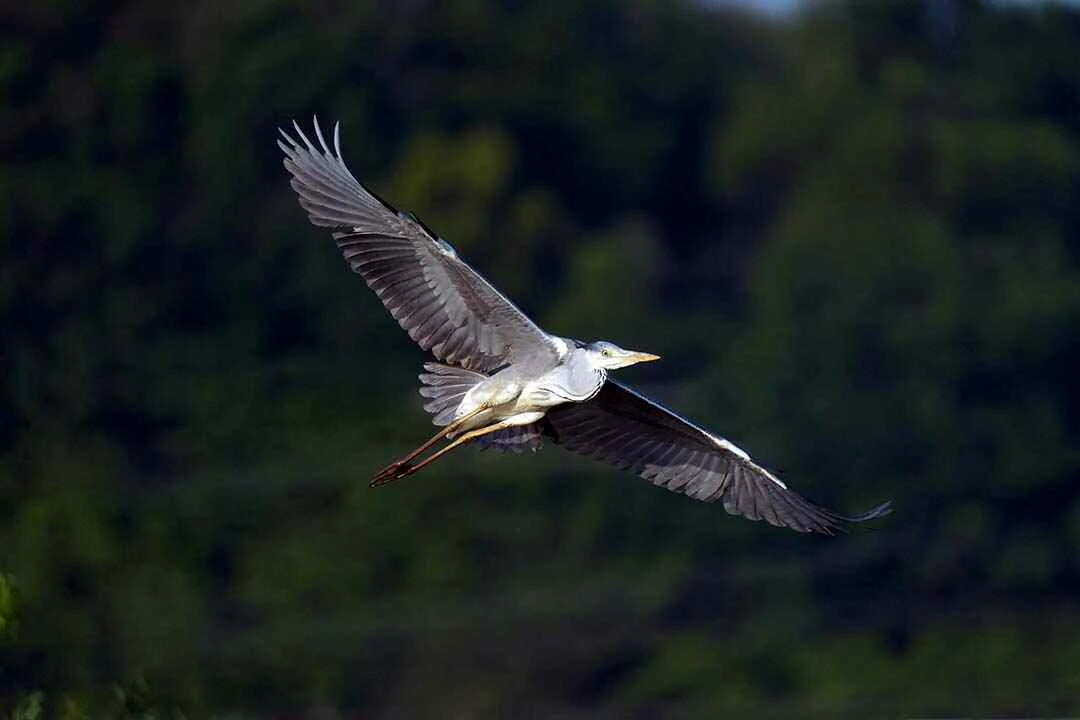
BIRDING IN
Mahale Mountains National Park
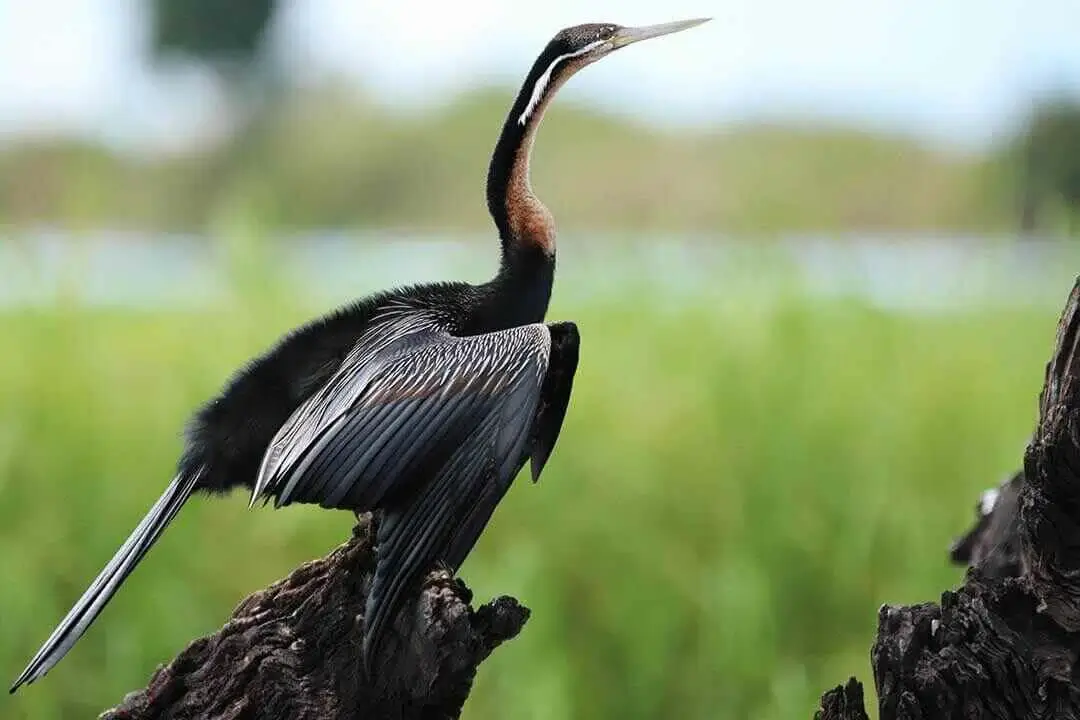
BIRDING IN
Mahale Mountains National Park
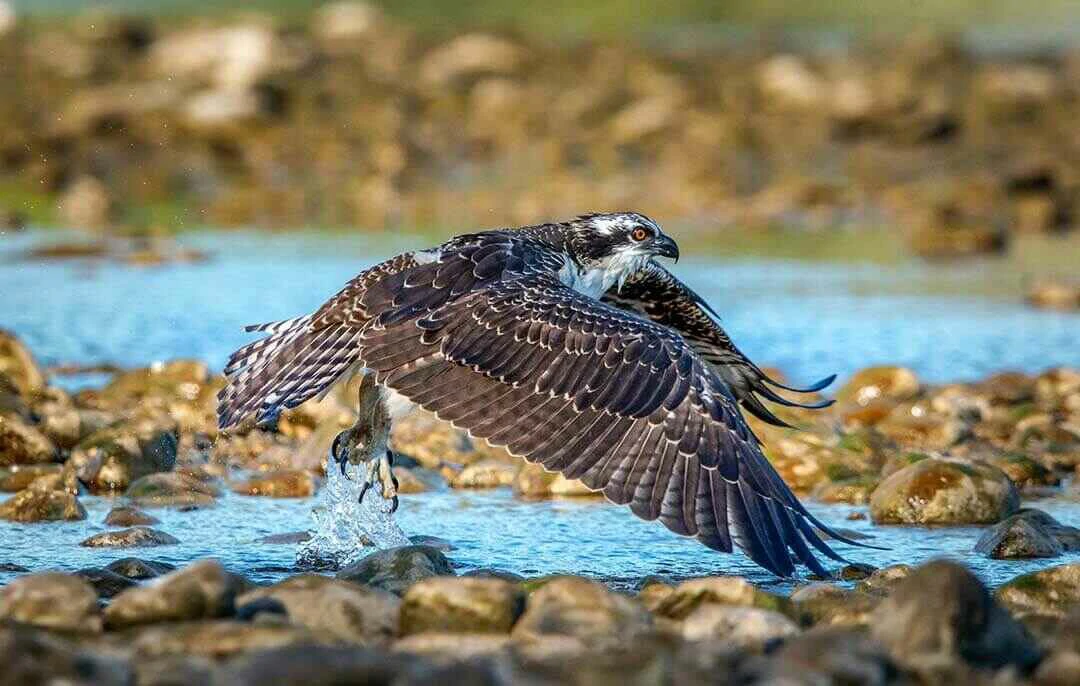
BIRDING IN
Mahale Mountains National Park

BIRDING IN
Mahale Mountains National Park
Mahale Mountains National Park occupies the mountainous bulge that protrudes into Lake Tanganyika along its eastern shoreline. The mainly grass-covered mountain ridge that runs parallel to the lake is forested in parts with rich gallery forest extending down the many watercourses. Some of these forested valleys have extensive stands of bamboo. The lower slopes are cloaked in tall Brachystegia woodland which dominates the western and drier eastern areas. The south-western and southern tip of the peninsular is dominated by smaller Brachystegia woodland.
The area is relatively poorly known ornithologically. Bird species list includes only 214 species and these include three Guinea - Congo Forests biome species. An endemic subspecies of the globally threatened Apalisargentea is present here. Endemic subspecies of Phyllastrephusflavostriatus, Andropadustephrolaemus, Platysteiraconcreta, Alethepoliocephala, Sheppardiabocagei and Phylloscopusruficapilla, and an endemic race of Nectariniaregia also occur. A new subspecies of Anthoscopuscaroli was described from the site in the 1960s. The highland-forest Poeopterastuhlmanni is only known in Tanzania from Mahali, as is the enigmatic Bradypterusalfredi
Eurasian migrant birds, raptors, acacia associated birds, and three species of bird, which are endemic to Tanzania: the ashy Stirling, rufous-tailed weaver and black-collared lovebird.
Our Experts are ready to provide answers

Arusha is known to support at least 411 species, including Ardeolaidae, as a non-breeding visitor in small numbers, and one species of the Serengeti plains Endemic Bird Area, as well as 11 species of the Somali - Masaibiome.
Read More
A total of 457 bird species have been recorded from the site. The area is of major importance to migratory waders from northern Eurasia, supporting about 30,000 birds.
Read More
The birdlife in Katavi is good year-round, but at its best from November to April when the migratory birds from Europe and northern Africa are present. At this time, many resident bird species are nesting and are in breeding plumage.
Read More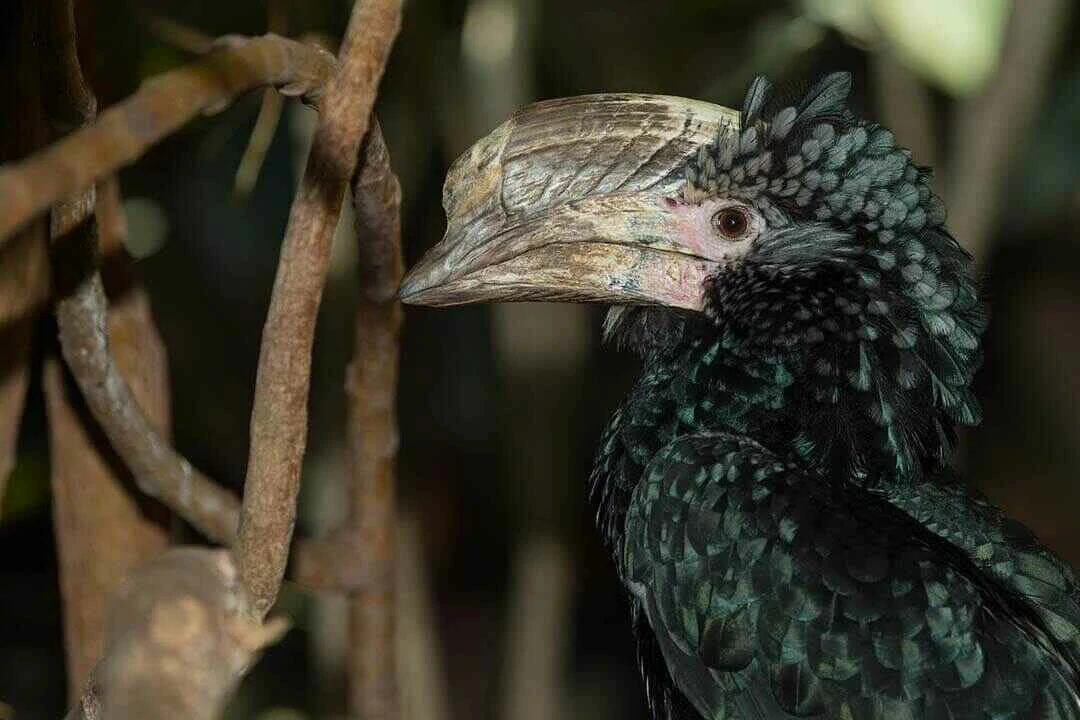
More than 400 species have been recorded here and you can reasonably expect to observe 100 of these in one day.
Read More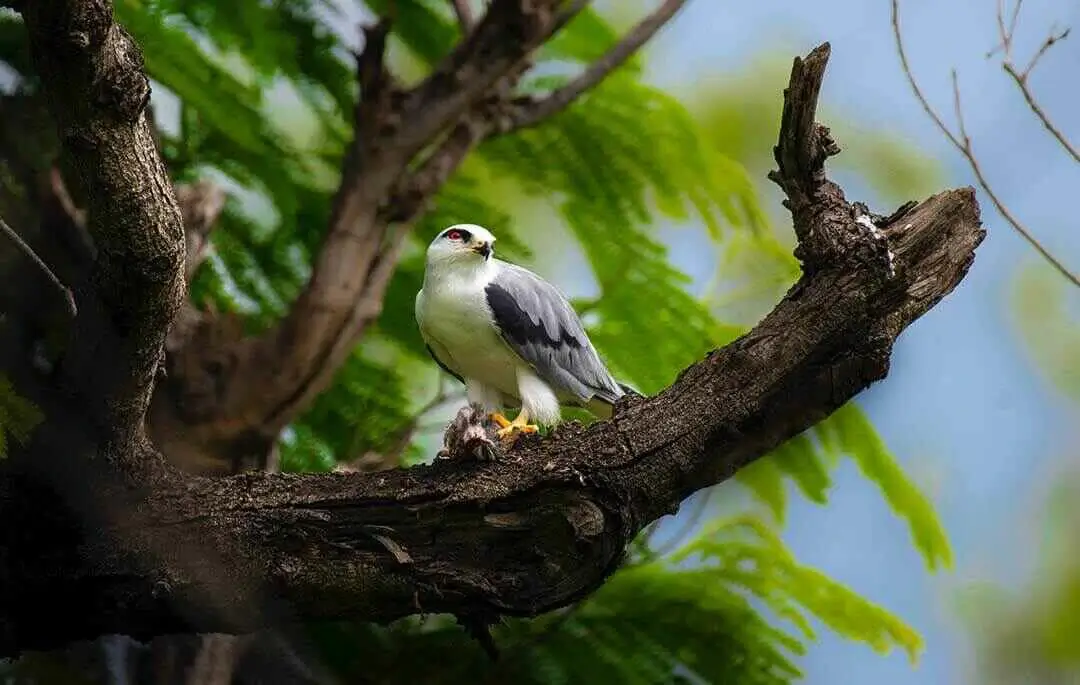
Some 393 bird species are known to occur in the area. Falco naumanni is a regular passage migrant in March and April, but there have been no records of large flocks or wintering birds.
Read More
Some 393 bird species are known to occur in the area. Falco naumanni is a regular passage migrant in March and April, but there have been no records of large flocks or wintering birds.
Read More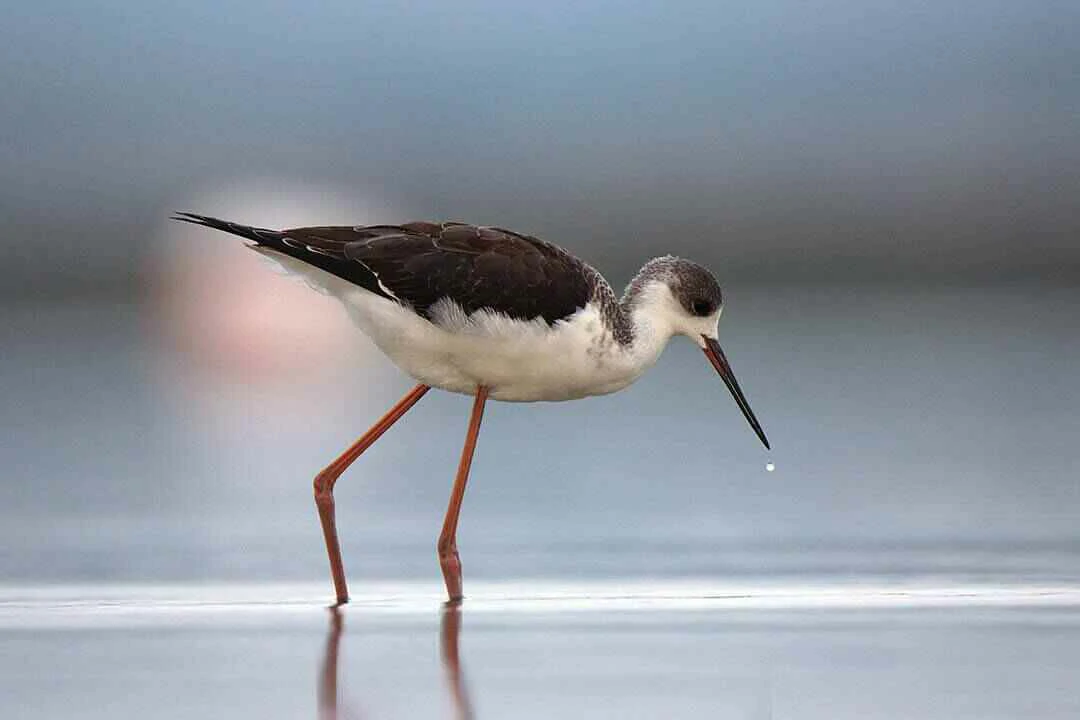
Over 500 bird species are known from the site. Falco naumanni is a passage migrant and Circus macrourus occurs on passage and in winter. Acacia woodland holds the largest known population of Agapornisfischeri, Parusfringillinus is resident and there have been recent records of Apaliskaramojae from Acacia drepanolobium woodland in the south-west of the site.
Read More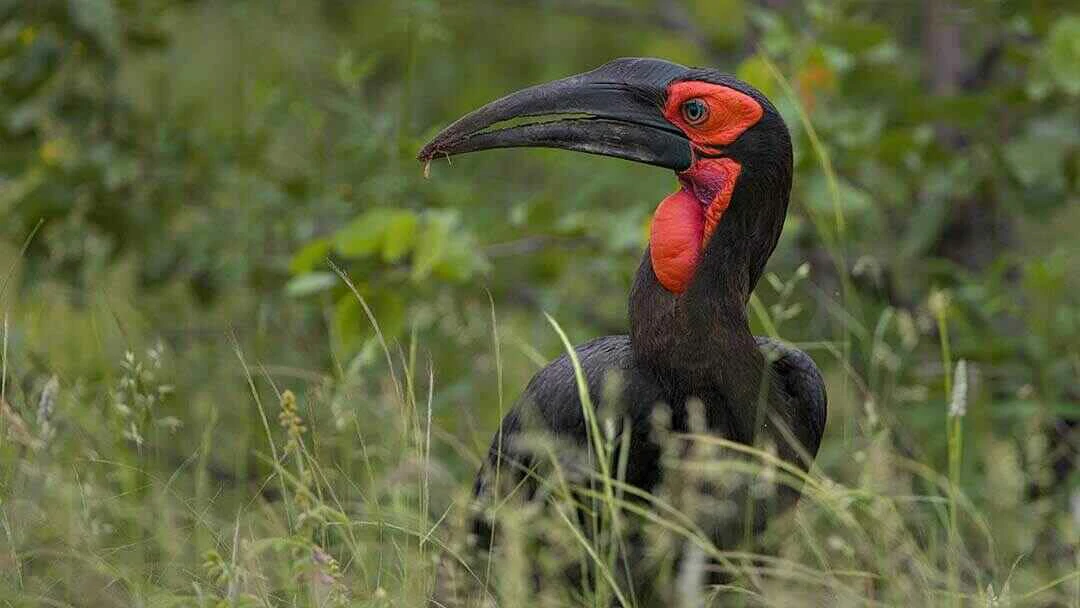
Some 410 species have been recorded for the park, but this figure is almost certainly incomplete as only the main tourist areas are well known. This total includes seven species of the Zambezian biome.
Read More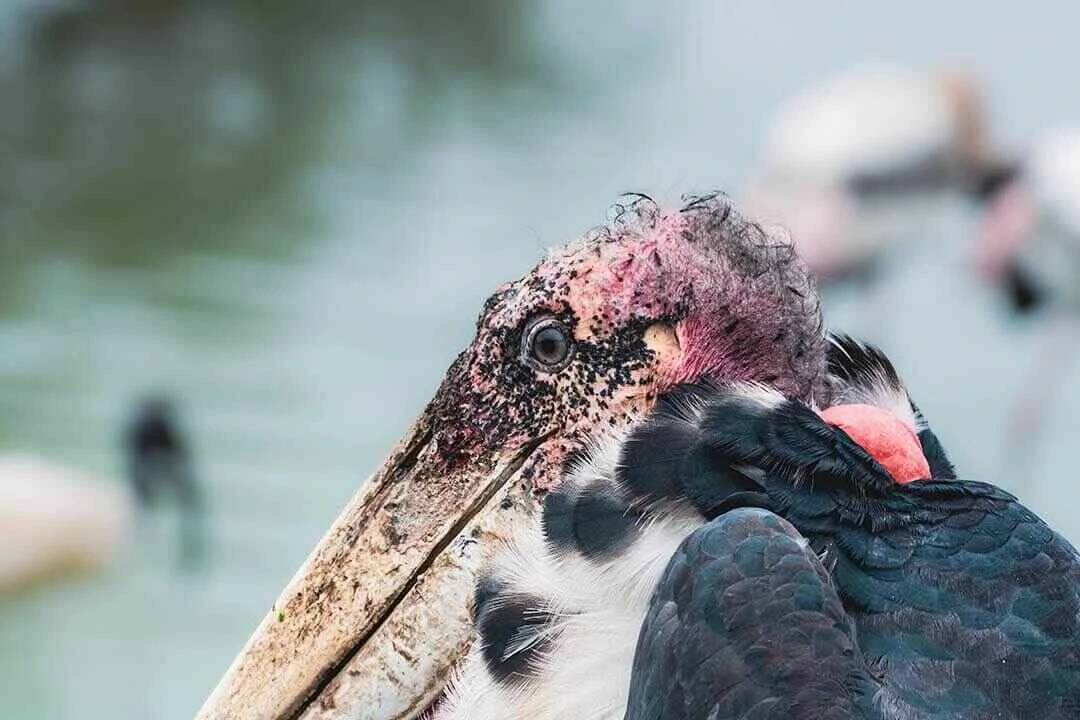
Rubondo main island holds a wide variety of other species, including huge breeding colonies of four species of Ploceus weavers and a relatively dense population of Circaetuscinerascens which are rare in East Africa.
Read More
An estimated numbers of bird species recorded from the park vary from 458 to 505. Glareolanordmanni and Apaliskaramojae, are of global conservation concern. Ardeolaidae is a regular visitor in low numbers. The status of Circus macrourus is described as locally common.
Read More
There is no species list for the park; the total is likely to exceed 450 species. Globally threatened species include Falco naumanni, which occurs in flocks of hundreds in April, following the start of the rains when invertebrate food-supplies are abundant and the park provides secure roost-sites.
Read More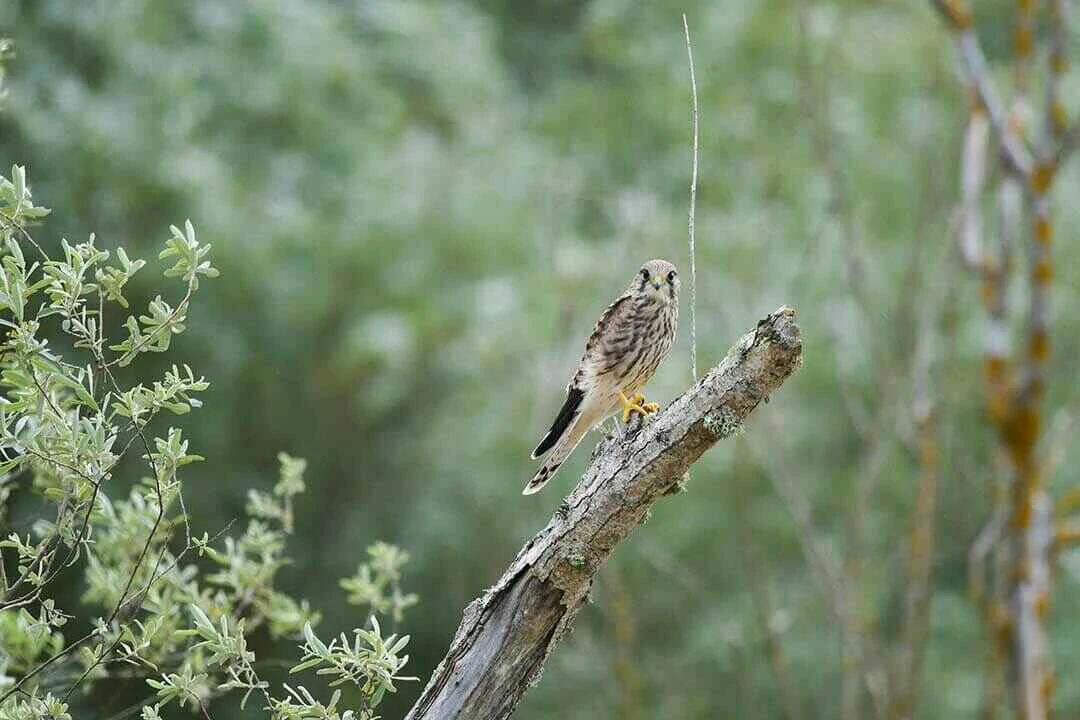
There are sightings of birds like Xenoperdixudzungwensis from near Mount Luhombero, in the park. Circaetusfasciolatus is resident at low densities in low altitude forest at the foot of the east-facing escarpment
Read More